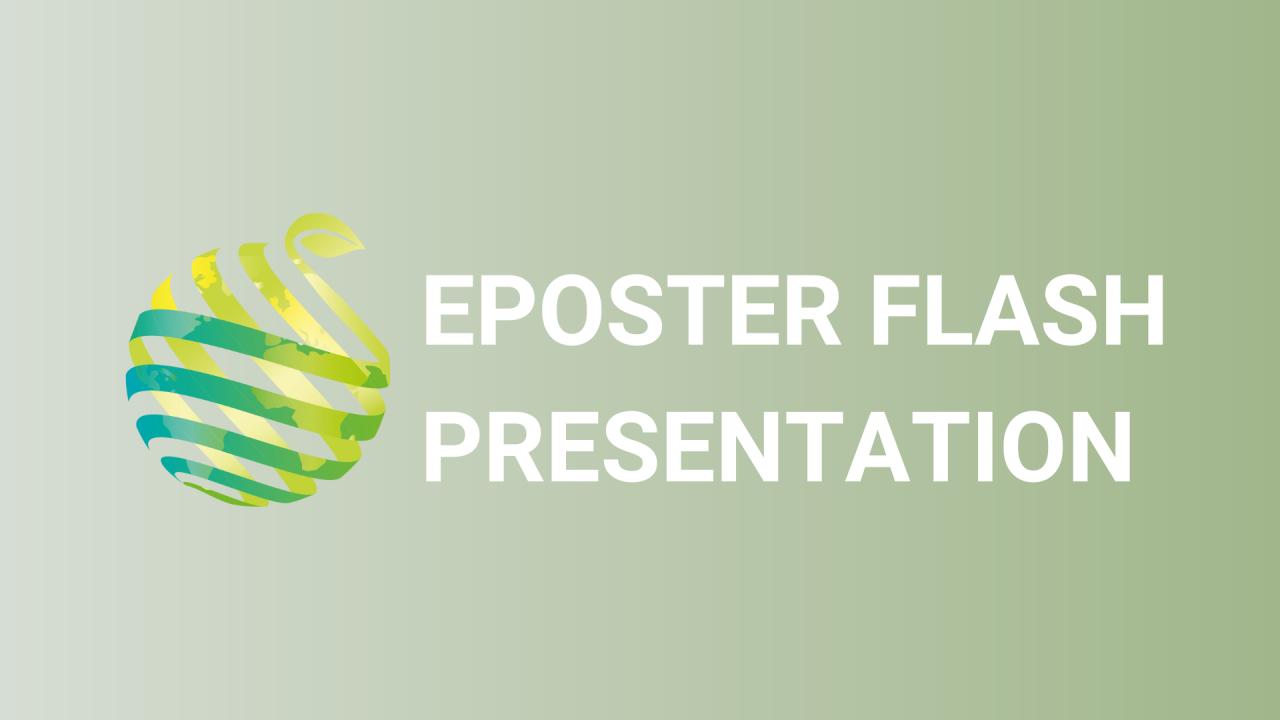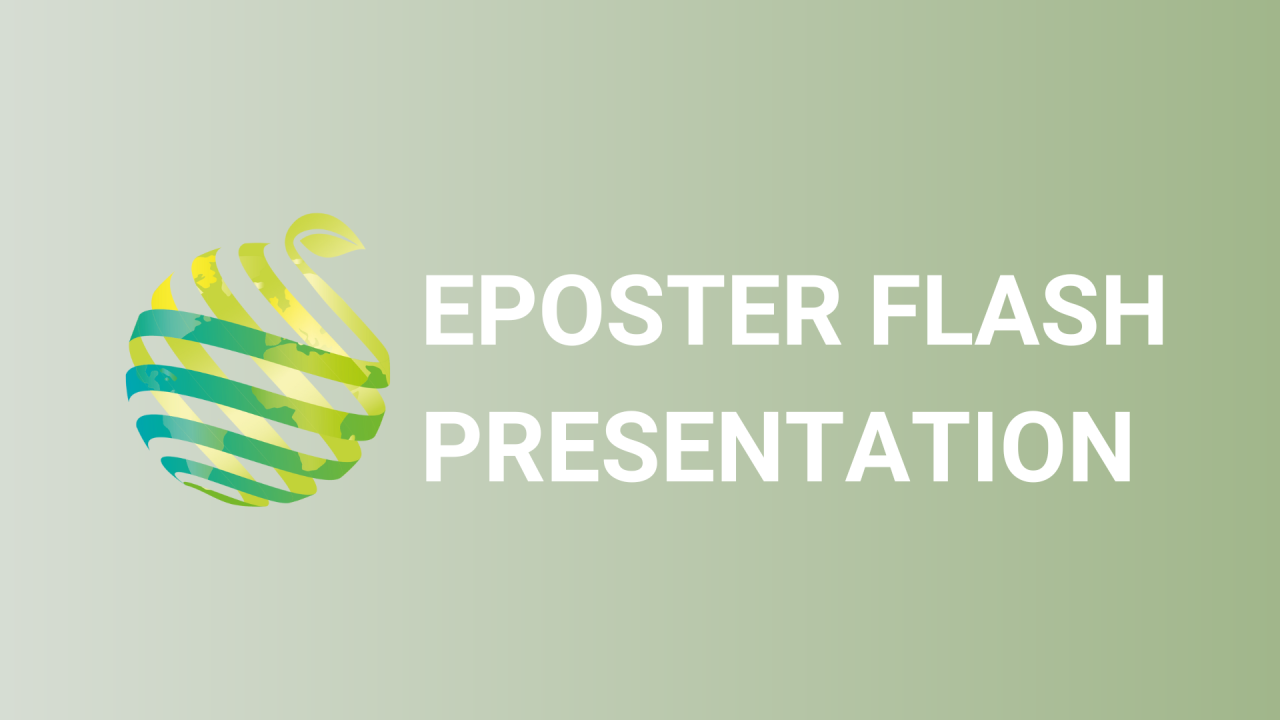

S11 - Session P1 - Interest of traditional tomato varieties adapted to the Mediterranean environmental constraints for their improvement of tomato fruit quality under high temperatures and water scarcity conditions
Information
Authors: Manuel Ballesta, Isabel Egea, Yanira Estrada, María Belén Morales, José María Egea-Fernández, María Carmen Bolarín, Francisco B. Flores *
Given the expected increase in world population, horticultural crops will be the main source of phytonutrients for millions of people in the near future. Tomato ( Solanum lycopersicum ) is the horticultural species that supplies more of these functional compounds to the human diet due to its so high per capita consumption. Agriculture is nowadays facing a major challenge due to climate change, and its effects will be more pronounced in arid/semiarid areas like the Mediterranean basin. As a result of genetic erosion a loss of genetic diversity has occurred in tomato, which is becoming a serious setback in breeding for heat and water stresses. One way to overcome this is making use of landraces adapted to the harsh conditions of Spanish Southeast semiarid area, with very hot summers and water scarcity. The traditional varieties 'Murciano Rojo' (MR), 'Muchamiel Aperado' (MA) and 'Tomate de Almaciles' (TA), together with cv. Moneymaker (MM) used as reference, were grown in spring-summer season where very high temperatures are reached ( > 40ºC at midday). In addition, plants were irrigated in optimal conditions (Control) and under water deficit (WD) conditions. From an agronomic point of view, the most interesting characteristics were the maintenance of fruit number in MR under control and WD conditions and the lowest reduction in fruit weight in MA and TA under WD condition. Another interesting characteristic is the absence of Blossom End Rot in landraces while an incidence of 40% was observed in MM under heat and WD conditions. Regarding nutritional fruit quality, maintenance or even increase of carotenoids content was found in fruits of MA and TA when the plants were grown under heat and WD. In sum, these tomato traditional varieties constitute a rich reservoir for breeding focused at improvement of fruit quality of tomato produced in a scenario of climate change.